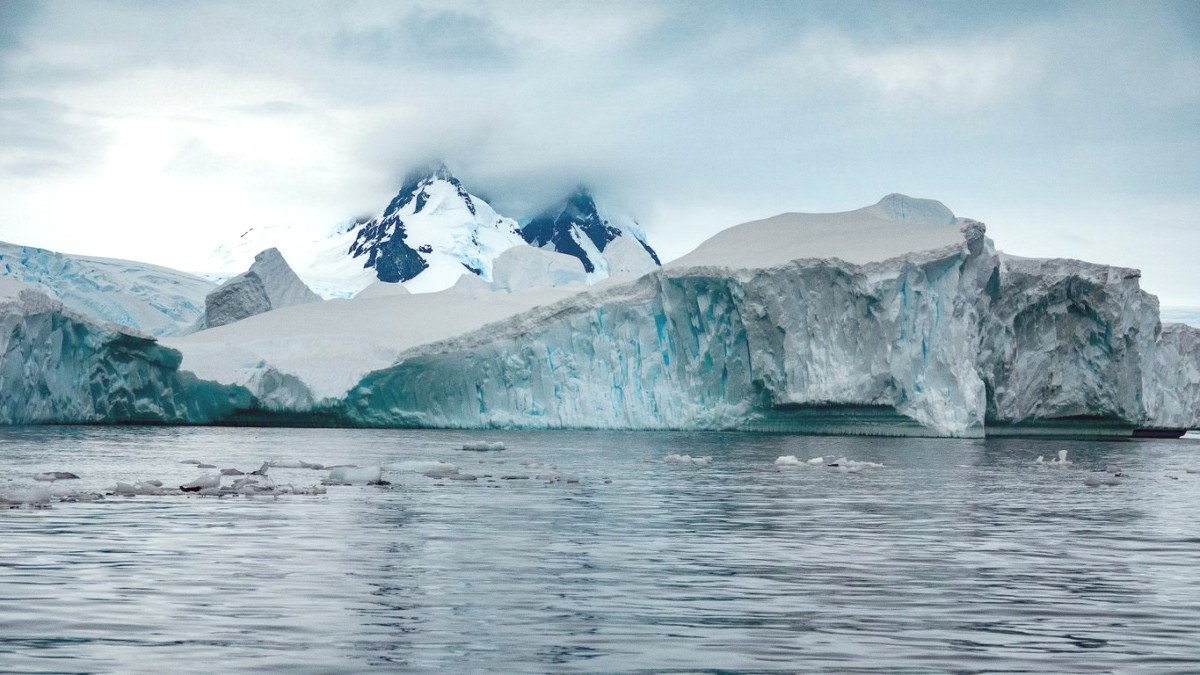
The Antarctic Peninsula features a polar climate, but the summer months offer the most hospitable conditions for travel. Temperature during summer generally ranges from -2°C to 5°C (28°F to 41°F), though wind chill can make it feel colder.
Precipitation is relatively low, often appearing as snow or sleet. The air can feel damp due to proximity to the ocean and melting ice. Daylight hours extend significantly, approaching 24 hours near the summer solstice in late December. This extended daylight creates more exploration and wildlife viewing opportunities.
Your desired experiences guide your timing. For penguin viewing (egg laying/chicks), plan for December through February to witness nesting and chick rearing.
February and March often mark the peak for whale sightings, as more species arrive for feeding. November provides dramatic, untouched snow and ice landscapes for photography.
Highly unpredictable conditions.
Daily itineraries adjust based on conditions.
Flexibility forms part of the experience.
Often turbulent waters.
Prepare for motion sickness.
Ships are built for these conditions.
Sea ice conditions may limit access.
More challenging conditions in November may occur.
Operators adapt based on prevailing conditions.
Budget Traveler (Expedition Ship): Typically least expensive cabins (triple/quad share, porthole), often on shorter, basic cruises (10-11 days). Costs start from ~USD 700-1,000+ per person, per day. These options may feature fewer inclusions or older ships.
Mid-Range Traveler (Expedition Ship): Standard twin cabins on modern ships, 10-14 day itineraries with most activities and meals. ~USD 1,000-1,500+ per person, per day. Luxury Traveler (Expedition Ship): Premium suites, longer itineraries, smaller luxury ships with personalized service, gourmet dining, more activities. ~USD 1,500-3,000+ per person, per day.
USD 7,000 - USD 30,000+ per person. Fare covers meals, excursions, and often a waterproof Parka.
All meals included once aboard. In departure cities, a mid-range meal may cost USD 20-50 per person.
International and domestic flights to Ushuaia/Punta Arenas are a significant variable cost.
All Antarctic excursions (zodiac cruises, landings) are included in cruise fare.
Kayaking, camping, Stand-up paddleboarding, or diving may incur extra fees, from USD 200 to USD 1,500+ per activity.
Travel to the Antarctic Peninsula presents unique health and safety considerations due to its remote, extreme environment. Prioritize preparation for a safe and comfortable journey.
No specific vaccinations for Antarctica. Standard travel vaccinations are recommended. Consult your doctor 4-6 weeks before travel. Routine vaccinations should be current. Operators often require a medical questionnaire, sometimes a doctor's note, confirming fitness for expedition travel.
The Drake Passage is infamous for rough seas, making motion sickness the most common health issue.
Crime is virtually non-existent in Antarctica. Safety concerns relate to the natural environment.